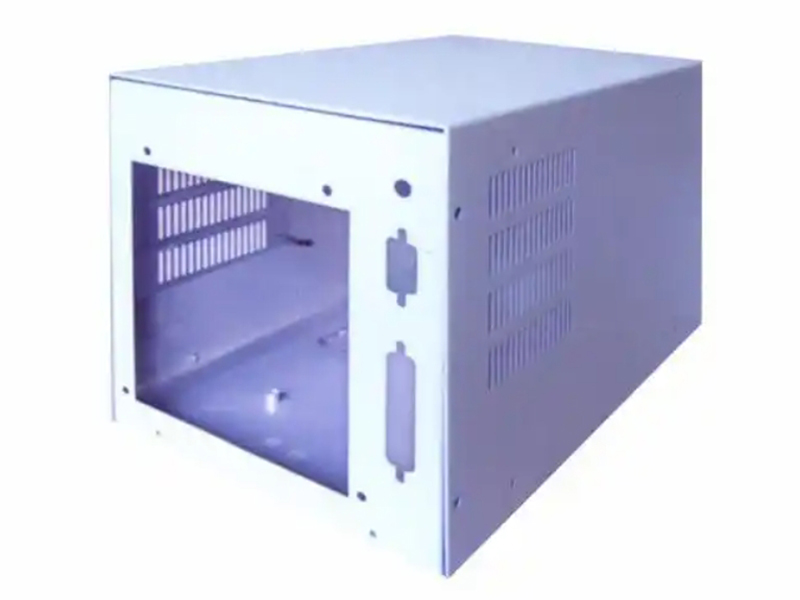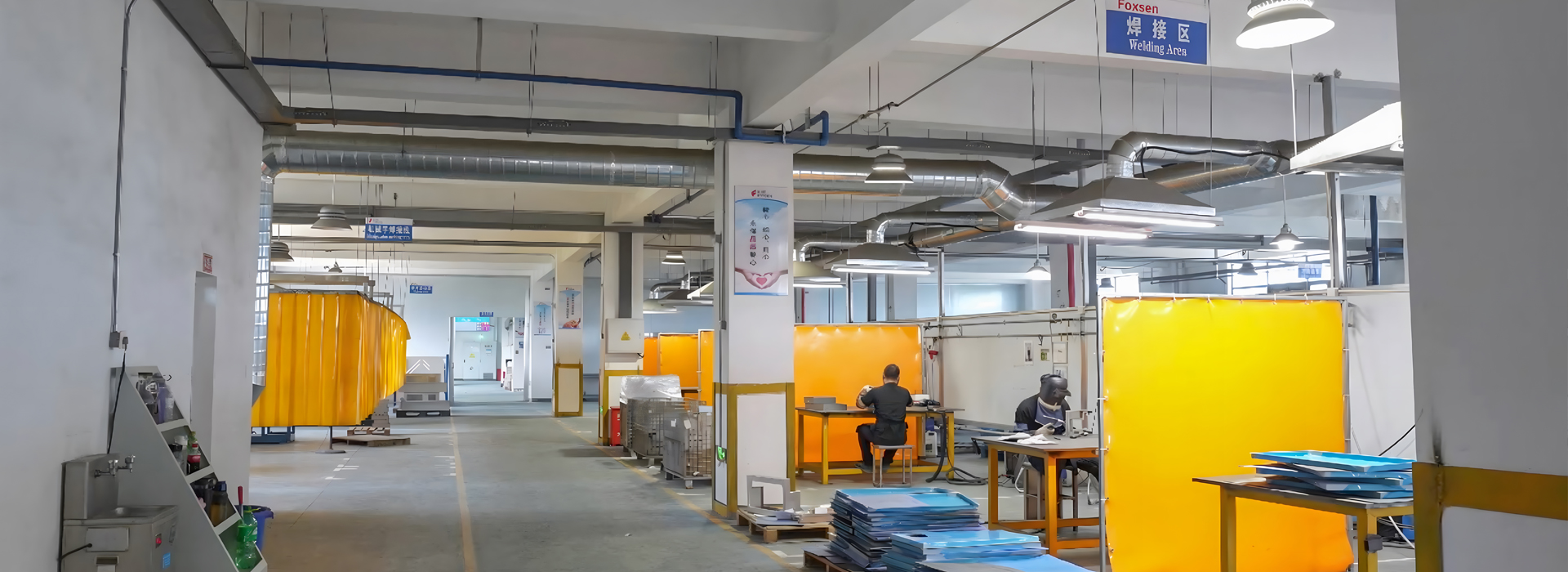Product Link:
https://www.sheetmetalparts.net/products-telecommunication-sheet-metal-parts.html
If you’ve ever marveled at a sleek sheet metal box housing your electronics or admired the clean lines of a car hood, you’ve seen sheet metal design in action. It’s not just about slapping metal together—it’s the art and science of planning how flat metal sheets, or sheet metal parts, get turned into functional, precise objects. At Foxsen, where I’ve gotten my hands dirty with this stuff, sheet metal design is the first step to making everything from enclosures to industrial gear. Let’s break it down—what it means, how it works, and where it shows up—straight from the shop floor, with some hard numbers to keep it real.
So, What’s Sheet Metal Design All About?
Sheet metal design is the process of figuring out how to take a flat piece of metal—a “sheet”—and transform it into a finished part, like a sheet metal box, without messing with its thickness. Think of it like sketching a blueprint: you’re mapping out every cut, bend, and joint before a single tool touches the metal. It’s about nailing the shape, size, and strength while dodging pitfalls like cracks or bounce-back. The sheet stays the same thickness—say, 1mm or 3mm—whether we’re bending it into a box or punching holes for screws, setting it apart from castings or machined bits.
This starts with picking the right metal. We use cold-rolled steel (SPCC) for its 3.2mm max thickness and easy shaping, stainless steel (SUS304) with its 505 MPa tensile strength for tough jobs, or aluminum (6061) at 2.7 g/cm³ for lightweight needs. Sheet metal design locks in those choices early, matching the material to what the part’s gotta do.

The Nuts and Bolts: How It Happens
Designing sheet metal parts isn’t guesswork—it’s a hands-on puzzle. Here’s how it rolls out, with some real-world tricks I’ve picked up:
Step 1: Drawing It Up
It all begins with a 3D sketch—think a computer model or a detailed drawing. We turn that into a flat “unfolded” 2D plan, showing exactly where to cut and bend. Tolerances matter here: for outer dimensions, negative differences go full, positive split halfway; for holes, it’s the reverse. That keeps things tight when we build a sheet metal box.
Step 2: Cutting Smart
The design calls out how we slice the sheet:
Laser Cutting: Hits 0.1mm precision for complex sheet metal parts.
CNC Punching: Fast at 0.15mm accuracy, great for bulk runs.
Shearing: Simple, under 0.2mm, for basic shapes.
For a stainless steel sheet metal box, laser’s the pick for clean edges.
Step 3: Bending Right
Bending’s where sheet metal design gets tricky. The bend radius (R) should be at least the thickness (t)—like 1.0t for SPCC—to avoid cracks. The straight edge height follows a rule:
h ≥ r + 2t
So, a 1mm-thick sheet with a 1mm radius needs a 3mm edge. Springback’s the kicker—metal bounces back after bending. SUS304’s 200 GPa elastic modulus makes it springier than aluminum’s 70 GPa, so we might design a smaller r/t (2-3) to cut springback by forcing more permanent shape.
Step 4: Joining and Finishing
The design plans how pieces connect—welding with CO2 for steel or argon arc for aluminum, hitting that 505 MPa strength if done right. Finishes like painting SPCC or anodizing aluminum get spec’d out too, boosting durability for a sheet metal box.
Why Springback’s a Big Deal in Design
Here’s a heads-up from the factory: springback can mess up a good sheet metal design if you don’t plan for it. It’s tied to the metal’s yield strength (SPCC at 210 MPa vs. 6061’s 276 MPa) and elastic modulus. Cold-rolled steel can bounce back over 10% of the bend angle. Smart design fights this—maybe a rounded punch (cuts springback 20-30%) or multi-step bends to tame SUS304’s 15% kickback. It’s all about baking those fixes into the blueprint.
Where Sheet Metal Design Makes Its Mark
Sheet metal design powers sheet metal parts across tons of fields. Here’s where it shines:
Electronics
Think circuit enclosures—sheet metal boxes designed with aluminum, bent at R ≥ t (1.5mm for a 1.5mm sheet), cut to 0.1mm accuracy. The design ensures holes line up for wiring, keeping gear safe.
Automotive
Car panels and battery cases start as flat sheets. SPCC designs use R = 1.5t to dodge cracks, leveraging its 210 MPa strength for ruggedness.
Construction
Electrical boxes and ducts rely on SECC’s zinc coating (corrosion down to 1/30th of plain steel). Designs spec h ≥ r + 2t—like 5mm for a 2mm sheet with a 1mm radius—for stability.
Industrial
Machinery casings use SUS304, designed to handle 870°C heat, with welds matching its 505 MPa strength. The plan keeps it tough and precise.
Why It’s Called “Sheet Metal” Design
The “sheet” part’s simple—it’s designing from a flat metal sheet. But sheet metal design is the brain behind turning that sheet into a sheet metal box or panel. It’s plotting every move—cuts at 0.1mm, bends with r/t at 2-3—to make sure it fits and works. Without it, you’re just guessing with metal.

Wrapping It Up
Sheet metal design is the roadmap from a flat sheet to sheet metal parts that power everyday life. Whether it’s SPCC’s 3.2mm limit or SUS304’s rust-proof grit, the design locks it all in—using rules like h ≥ r + 2t to keep it spot-on. From electronics to cars, it’s the quiet craft behind the scenes, making sure every sheet metal box does its job. Next time you see one, you’ll know there’s a whole lotta planning—and a little shop-floor grit—making it happen.





